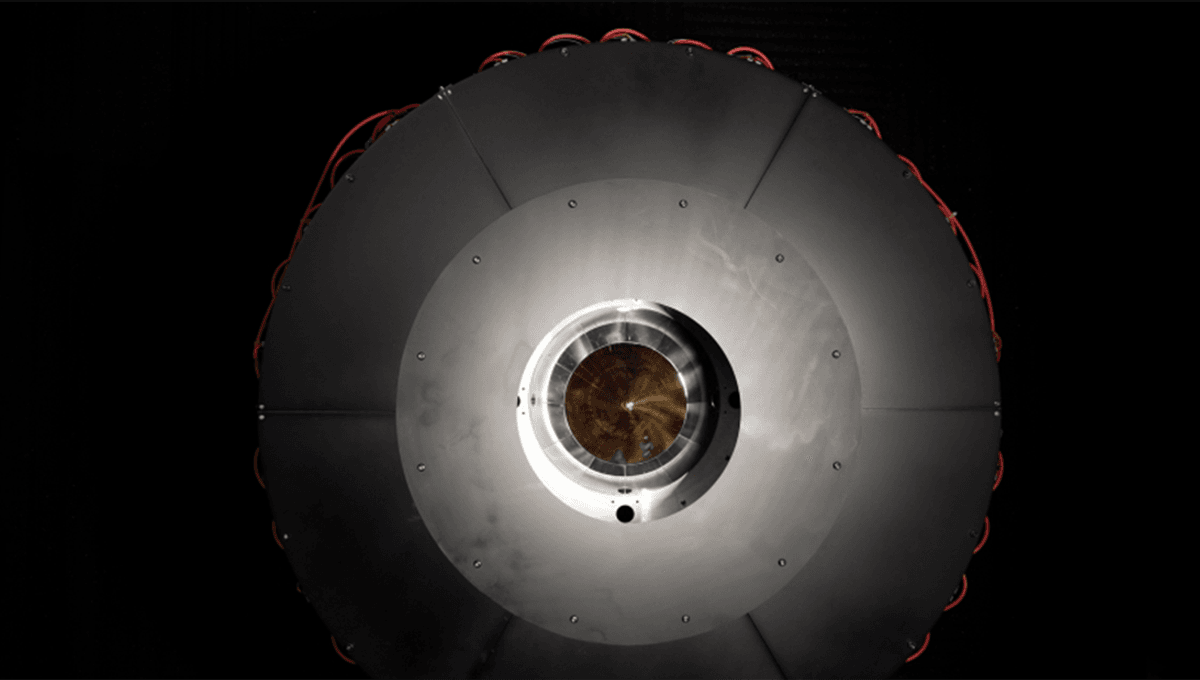
The US military’s Defense Advanced Research Projects Agency (DARPA) has set a new distance record for wireless energy transfer, sending more than 800 watts of power to a receiver 8.6 kilometers (5.3 miles) away.
Ever since the days of Nikola Tesla, humans have looked into the idea of wireless power transfer (WPT), the transfer of energy without the need for a cable network. In recent years, scientists have been able to demonstrate versions of this, beaming back small amounts of power from space to the ground. On the scale of milliwatts, that’s not much. But the hope is that if we could increase that amount and make power transfer more efficient, we could, for example, build large solar panels in space and beam the power back to the planet.
In DARPA’s case, however, wireless energy could be helpful in a military context, prompting investment in the Persistent Optical Wireless Energy Relay (POWER) program.
“Energy is a fundamental requirement for military operations, and traditional means of getting energy to the edge (battlefields, disaster zones, etc.) are often incredibly slow, risky, and resource intensive,” DARPA explained in a statement following the latest tests.
“These tests, referred to as PRAD (POWER Receiver Array Demo), mark an important step towards the POWER program’s long-term goal of being able to instantly beam power from a location where it can be easily generated to wherever it’s needed, opening a novel design space for platform capabilities unbounded by fuel limitations.”
In the latest experiments conducted in New Mexico, the team used their laser system to transfer over 800 watts of power 8.6 kilometers (5.3 miles) away, in a 30-second transmission. Before this test, the record was 230 watts of average power at 1.7 kilometers for 25 seconds, and a smaller, but not released, amount of power over 3.7 kilometers (2.3 miles).
“It is beyond a doubt that we absolutely obliterated all previously reported optical power beaming demonstrations for power and distance,” POWER Program Manager Paul Jaffe said.
After traveling kilometers wirelessly, the laser enters through a small aperture in the receiver, designed not to let much light out once it is inside. Inside, the light hits a parabolic mirror, which reflects it onto solar cells inside, converting the energy back to useful power. In the test, both the source and receiver were placed on the ground.
“It’s a lot easier to send a power beam directly up or down relative to the ground because there is so much less atmosphere to fight through,” Jaffe added. “For PRAD, we wanted to test under the maximum impact of atmospheric effects.”
The test was more about distance than efficiency, but the team reports that they achieved around 20 percent efficiency. The hope, for DARPA at least, is that the system could be scaled up and used to power, for example, unmanned aerial vehicles (UAVs). For now though, the team used some of the power sent during the demo to make popcorn, an homage to a scene in the film Real Genius where a house is flooded with popcorn popped by a laser beam.
Source Link: DARPA Sends Energy Wirelessly Over 8.6 Kilometers, Setting A New World Record